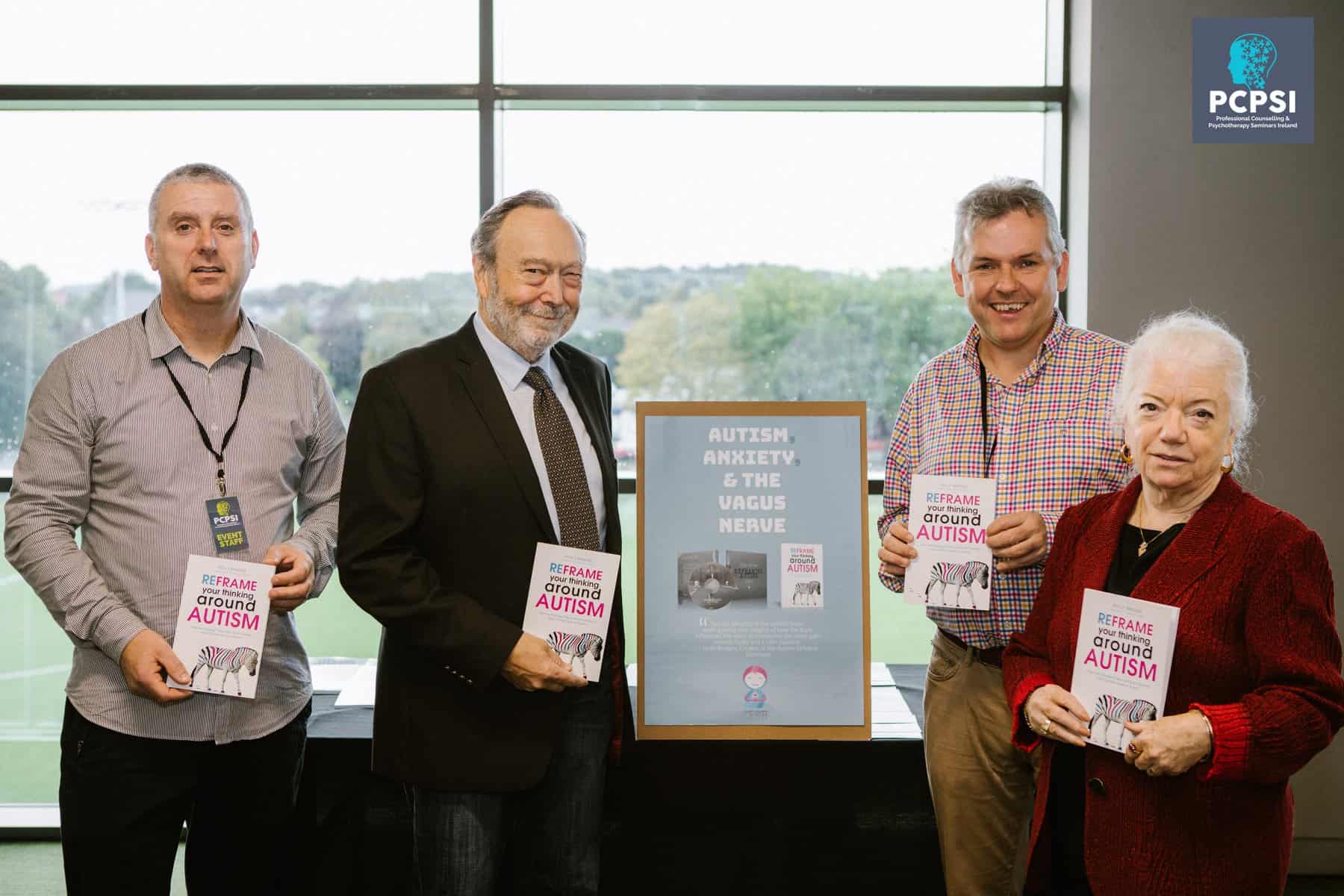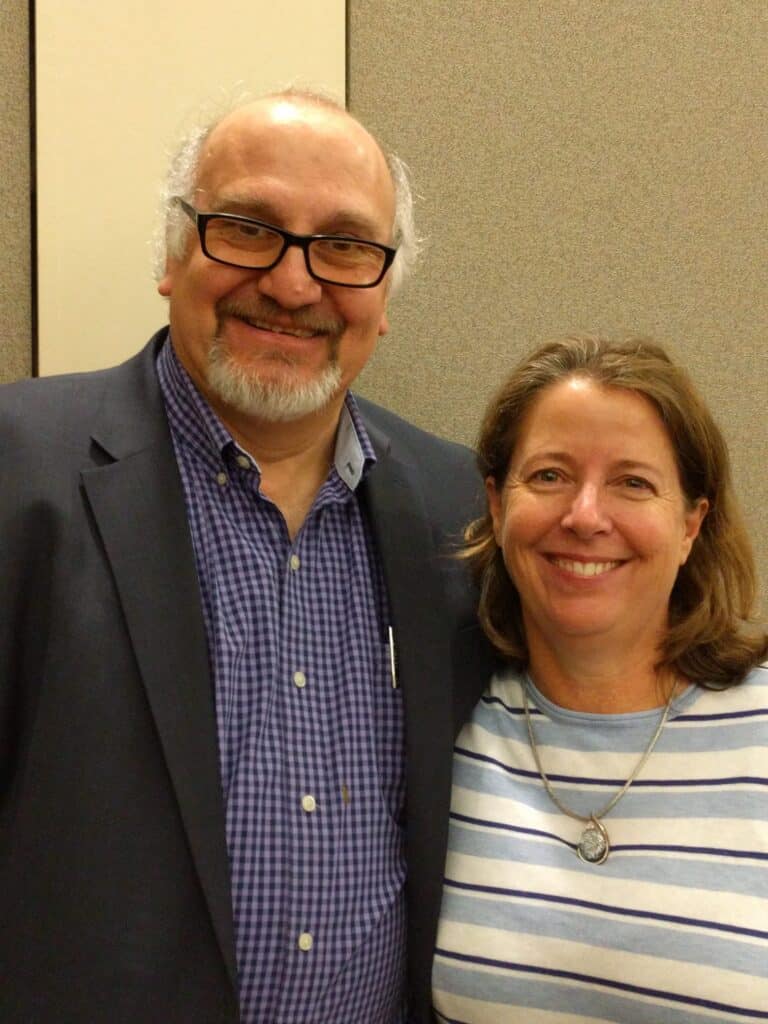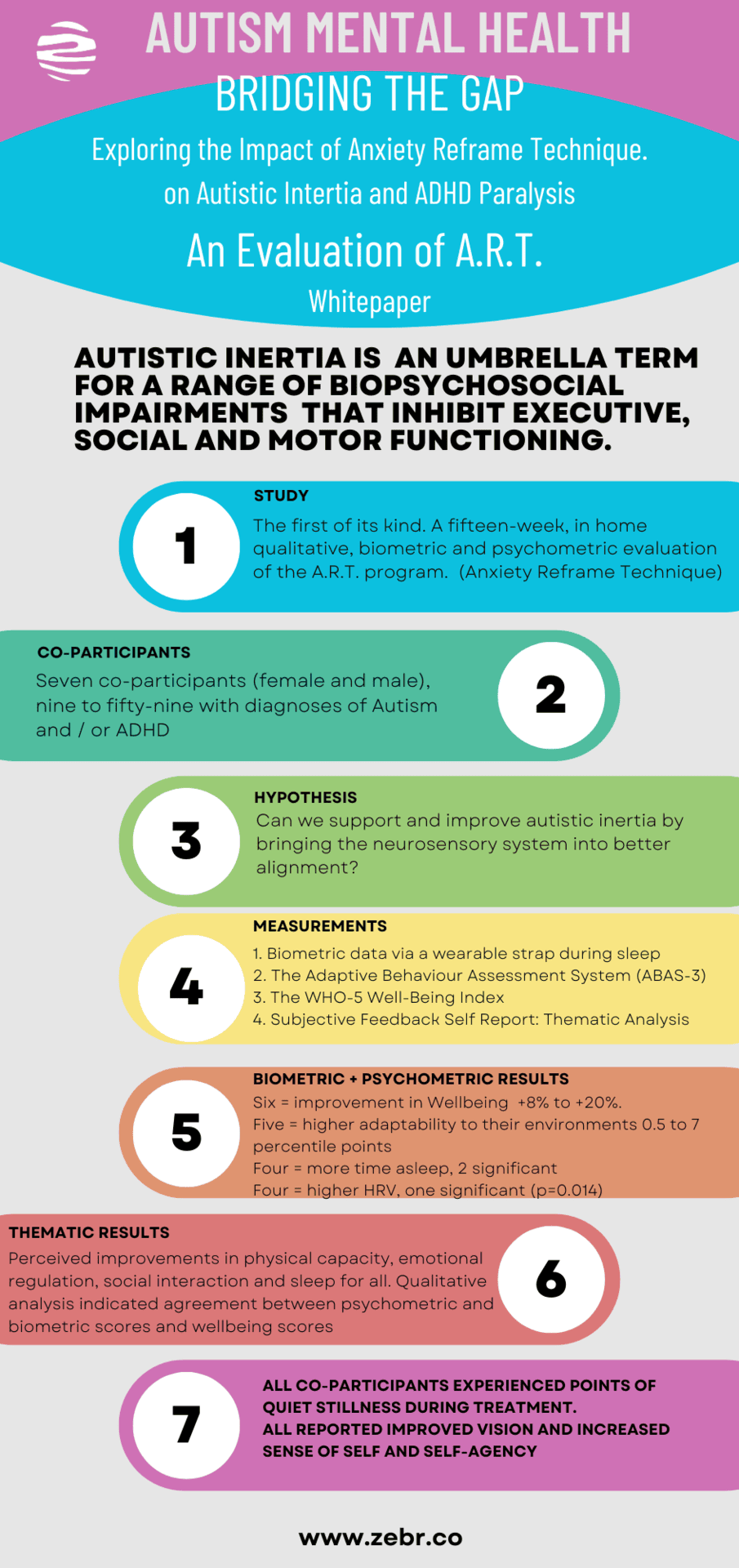Bridging the Gap
Exploring the Impact of Holly Bridges' A.R.T. onAutistic Inertia and ADHD Paralysis
WHITE PAPER
An Evaluation of A.R.T.
(Anxiety Reframe Technique)
Based on cutting-edge science, A.R.T. is challenging the boundaries of what we understand for psychology and health.
Brought to you by License To Think, the first of its kind, this autistically-led, innovative, in-home, qualitative, psychometric and biometric investigation, measured the Anxiety Reframe Technique.
A.R.T teaches the individual to find a state of deep rest that potentially allows the neurosensory system to better integrate sensorimotor, perceptual and environmental signals.

The potential of this unique investigation warrants your attention
Improved Wellbeing
Improved Sleep
Improved Mental Clarity
Improved Coordination
Higher Heart Rate Variability
Ability to Find Stillness
Enhanced Self-Regulation
Enhanced Communication
Ability to Tolerate Stress
Higher Adaptability
Giving voice to the autistic experience was a focal point of this study
I’m in my body for the first time, this has changed my life.
(59 years, female, Autism / ADHD / CPTSD)
Tics are pretty much gone; anxiety is better; I’ve found more ways to calm down.
(17 years, male, Autism / ADHD)
Now I can get to sleep and stay asleep; I didn’t like taking the melatonin
and now I don’t have to take it anymore.
(12 years, female, Autism / ADHD)
I have more energy; I feel good, because my eyes aren’t hurting;
feels like almost a reset button.
(10 years, male, Autism / ADHD)
I am calmer after doing the ball.
(17 years, female, Anxiety Disorder / ADHD)
Professional Recommendations for Holly Bridges and A.R.T.

KANE BLACKMAN
National Disability Service (NDS) Commission Secretary
The Insurance Commission sponsors the Excellence in Innovation Award at the Disability Support Awards because we want to promote new and improved care approaches that can improve the lives of Australians. Innovation is key in ensuring the disability sector continues to deliver effective and efficient outcomes to people living with a disability. Holly Bridges’ work has been acknowledged by the Australian government’s disability insurer for ‘Excellence In Innovation’. Ms Bridges won the award for her neuroplasticity work that helps people with disabilities improve their physical and social presentations. Ms Bridges has also been recognised internationally for her book ‘Reframe Your Thinking Around Autism’ which outlines this work.

PROFESSOR STEPHEN PORGES
Professor of Psychiatry
University of North Carolina at Chapel Hill
I became acquainted with Holly in 2014, when she contacted me to evaluate a prepublication copy of her book, Reframe Your Thinking Around Autism: How the Polyvagal Theory and Brain Plasticity Help Us Make Sense of Autism.
Since I developed Polyvagal Theory, I was curious how she would distill the concepts of theory into an accessible volume that would be helpful to those on the autism spectrum, their families, and the therapists and educators who support them. In reading her book, I realized that Holly had a gifted presentation style that enabled her to communicate the optimistic and important principles of the Polyvagal Theory.
Holly continues to refine her clinical style, embodying aspects of Polyvagal Theory, that enable her to support her clients’ journey to have richer lives and to experience the benefits being safe enough to co-regulate with others.
Focusing on witnessing the client’s biobehavioral state and providing cues of safety through own presence and accessibility, she has successfully expanded the range of the social behavior and resilience.

DR. GERARD COSTA
Former Director, Centre for Autism and Early Childhood Mental Health. Montclair State University, New Jersey
Holly is an incredible thinker and a sought-after consultant and interventionist with neurodiverse children and families. However her skills as a writer and presenter are extraordinary.
She is warm, engaging and energetic with the capacity to teach about very complex topics in very understandable ways.
One of her special gifts as a presenter is her use of simple line drawings of human and brain/nervous system structures and functions, making the complex interactions come alive, making incredible sense to participants with varying levels of knowledge.
Holly is one of those rare “translators” of science into application and practice. She teaches professionals and families and supports those with developmental difficulties with deep understanding, passion and care.
She is a gift to our work.

